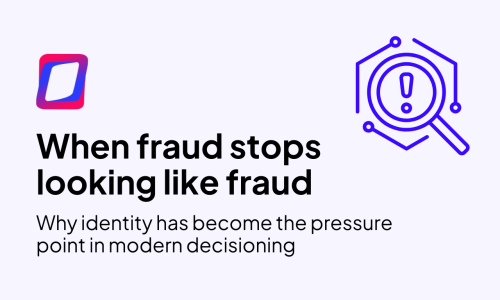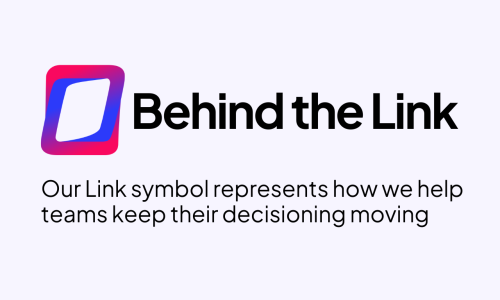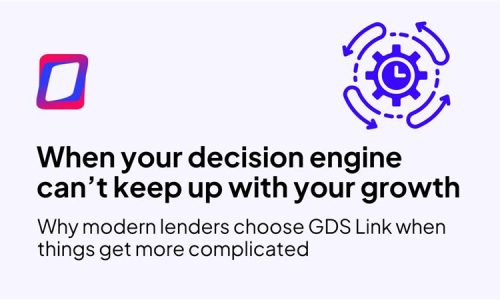Fintech and Digital Banking
GDS Link offers its clients a range of AI-based tools that analyse user behaviour to identify suspicious patterns or activity
The banking industry has undergone a notable transformation in recent years. It has had to reinvent its services and products to adapt to new customer habits and demands. And now a new kind of player has appeared: fintechs. Their entrance onto the stage has forced existing players, digital banks and traditional banks, to commit more to innovation, technology and financial resilience in order to avoid disappearing from the scene altogether.
Fintechs are companies that use technology to improve or automate financial services and processes for both businesses and the consumer. There are many different types of fintech (personal finance, insurance, payments, asset management, etc.), but for the most part, they are not banks, even though they might seem to be. It is not easy to become a bank due to the strict regulatory requirements. Instead, these companies are technology companies.
According to GDS Link, there are a number of reasons for fintechs’ success and rapid expansion. They offer novel financial services, add value to existing services, provide greater access and transparency, simplify processes, offer lower costs for transactions and services and they are more efficient. They also offer an improved customer experience and are able to segment markets in order to expand in new niches. On top of all this, one of the main advantages is that they provide customers with a wide range of operations and the possibility to see how their money is doing in real time.
The challenge for all these technological solutions is how to improve productivity, profitability and security whilst also staying agile and efficient through automation. The market is highly competitive and constantly changing, so these challenges require innovative solutions and sophisticated tools to analyse data, manage risk and increase profits. There is inherent risk in every financial operation, so identifying it quickly is key to preserving solvency and profitability. Security is no trivial matter and companies need to best tools to manage risk.
According to Antonio García Rouco, managing director of GDS Link, “in our company, we work to offer tailored solutions for our clients that give them the flexibility they need to incorporate more sophisticated data sources, automated, consistent decision-making processes across multiple business units and control over those processes. He believes that “our clients need comprehensive, tailored tools and solutions to support compliance with market regulations, that are fast, consistent and scalable in order to manage risk and combat fraud”.
The fintech market is now growing at a rate of knots. According to Accenture, the market moved $127 billion globally in 2018, and this year, this figure is expected to exceed $310 billion. But for all their growth and the wide range of tools that they have to offer, fintechs have not yet managed to penetrate all sectors of society, and this, possibly, remains one of their biggest challenges.
There are two types of fintech banks: challenger banks and neobanks. Challenger banks have both a banking licence and a credit institution licence issued by a central bank. As a result, they have to comply with the same regulatory requirements as a traditional bank and are just as safe as any other bank. Neobanks, on the other hand, do not have a banking licence. Instead, they operate with an electronic money institution licence (EMI) or are associated with an EMI that handles their money. They still have to comply with a series of requirements, and both types of company work using the latest technology to guarantee maximum privacy and security.
Changes in financial habits have brought about the emergence of fintechs and a new financial ecosystem. Even though fintechs and digital banks might have been enemies at the start, they have now seen that it is best for them to work together if they want to offer the very best services.
Recent articles

When Fraud Stops Looking Like Fraud
Read article
Behind the Link
Read article





